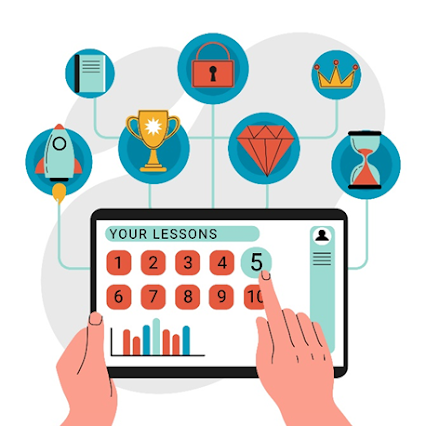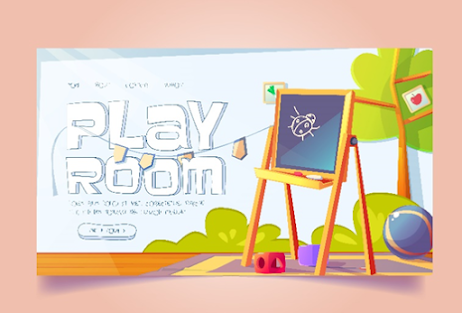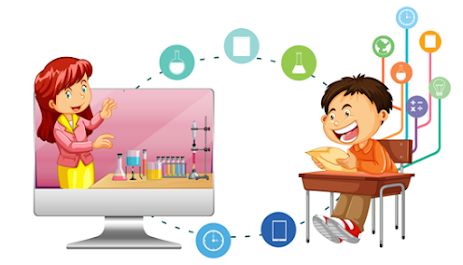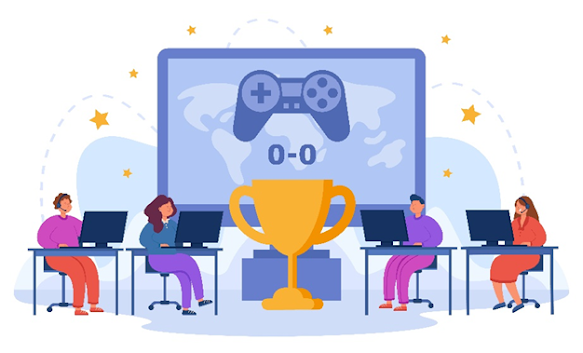Gamification in education is the process of incorporating game-like elements into the learning experience. The main goal of gamification is to make learning more engaging and enjoyable while promoting the development of key skills such as problem-solving, critical thinking, and collaboration. Gamification can take many forms, from simple educational games to complex, multi-player simulations. In this blog, we’ll explore the role of gamification in education and its potential benefits.

What are their benefits?
One of the main benefits of gamification in education is increased engagement. By making learning feel more like a game, students are more likely to be actively involved in the learning process.
This increased engagement can lead to improved retention of information and a greater sense of accomplishment. For example, a student who is highly engaged in a game-like learning experience is more likely to remember the information they have learned than a student who is simply listening to a lecture or reading a textbook.
Another benefit of gamification in education is that it promotes the development of key skills. By playing educational games, students are given the opportunity to develop critical thinking and problem-solving skills. This type of learning is much more effective than traditional methods, as students can apply the information they have learned in real-world scenarios. This leads to a deeper understanding of the material and the development of long-term retention of information.

Gamification can also help to break down barriers in the classroom. For example, students who may not be confident in a traditional learning environment may feel more comfortable participating in a game-like setting. By breaking down these barriers, students can take an active role in their own learning and develop a sense of pride in their achievements.

Another advantage of gamification in education is that it can provide a fun and engaging way for students to learn. This is especially important in today’s world, where students are often exposed to a barrage of digital distractions and are in need of more interactive and engaging learning experiences. Gamification can help to keep students engaged and motivated, even when they are facing difficult material.
Finally, gamification can be used to create a more personalised learning experience. By tracking the progress of individual students and adapting the learning experience to their needs, gamification can provide a more tailored experience that is tailored to each student’s strengths and weaknesses. This can help to ensure that each student is challenged at the right level and is motivated to continue learning.
Conclusion
Gamification in education has the potential to transform the way we approach learning. By making learning more engaging and enjoyable, gamification can help to increase engagement, promote the development of key skills, break down barriers in the classroom, provide a fun and engaging way to learn, and create a more personalized learning experience. It is an innovative approach that has the potential to revolutionise the way we approach education in the future.
Writer – Irshad Girach
Unity Developer

